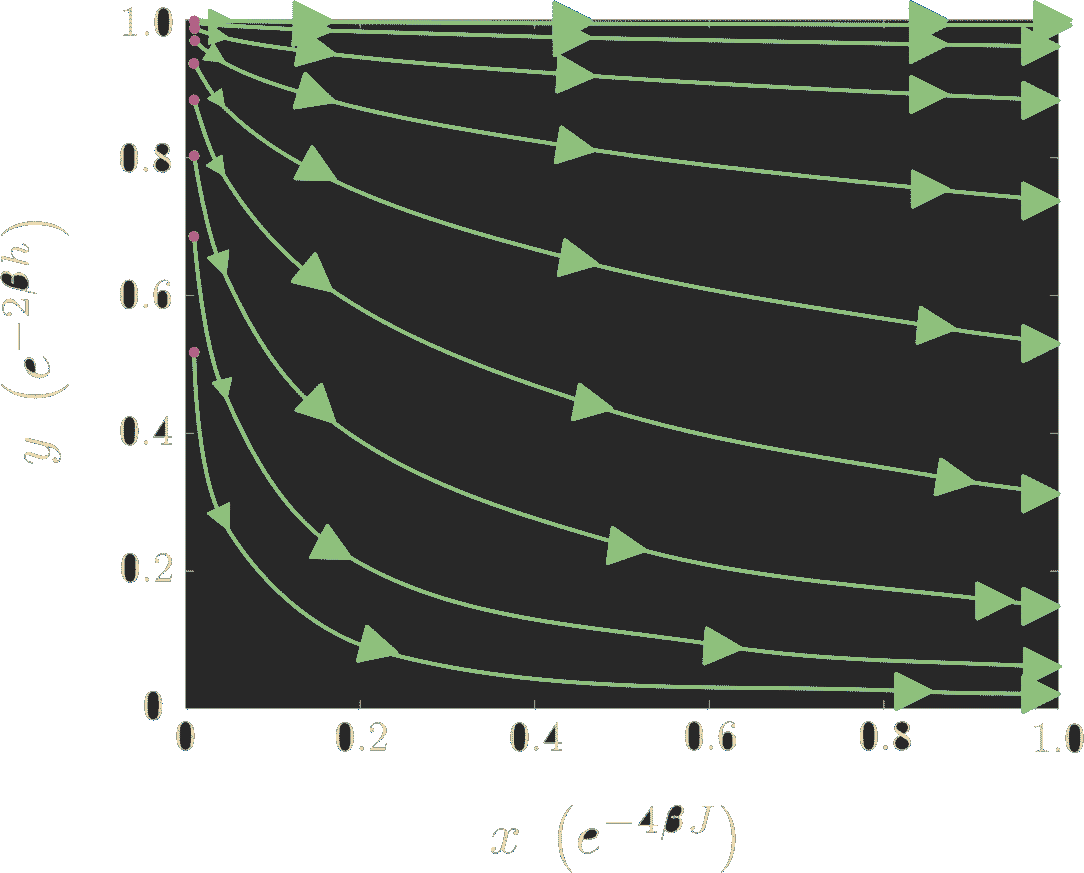In my third year of study at the University of Witwatersrand in Johannesburg I undertook my first proper long-form research task. At that stage we were not expected to come up with any new results during this project, and so I chose the most difficult-sounding project I could get my hands on: one supervised by Dr Shinji Hirano examining the appearance of the renormalization group in a very basic statistical physics setting. It was the single most eye-opening experience of my bachelors career, as it was the point at which I realized research was actually pretty cool.

High-level summary
The aim of the essay was for me to learn about how one can begin to see the renormalization group in systems as simple as the 1-dimensional Ising model. It began with demonstrating the solution to the 1d Ising model in the thermodynamic limit and deriving closed-form expressions for the magnetisation per spin $m$ and free energy per spin $f$. The presence of spontaneous symmetry breaking in the zero-temperature limit was then discussed, which provided a segue into talking about the nature of phase transitions. The correlation length for the Ising model was then defined in terms of $\beta$, $h$ and $J$, and was shown to vanish in limit $\beta\to0$ and diverge in the limit $\beta\to\infty$.
The notion of effective couplings was then introduced, and coarse-graining via decimation was introduced as a tool to achieve a “change of scale” for the problem. This provided a springboard to introduce the basic ideas of renormalization and RG flow. The coupling flow equations for the system were then solved, which allowed the plot at the top of this page to be done. (Despite not being an original result by any means, arriving at such a neat and tangible realization of coupling flow was a profoundly satisfying experience.)
The report ended with some outlook on where else the RG shows up in physics, with a brief discussion of the relevancy of operators in quantum field theories.